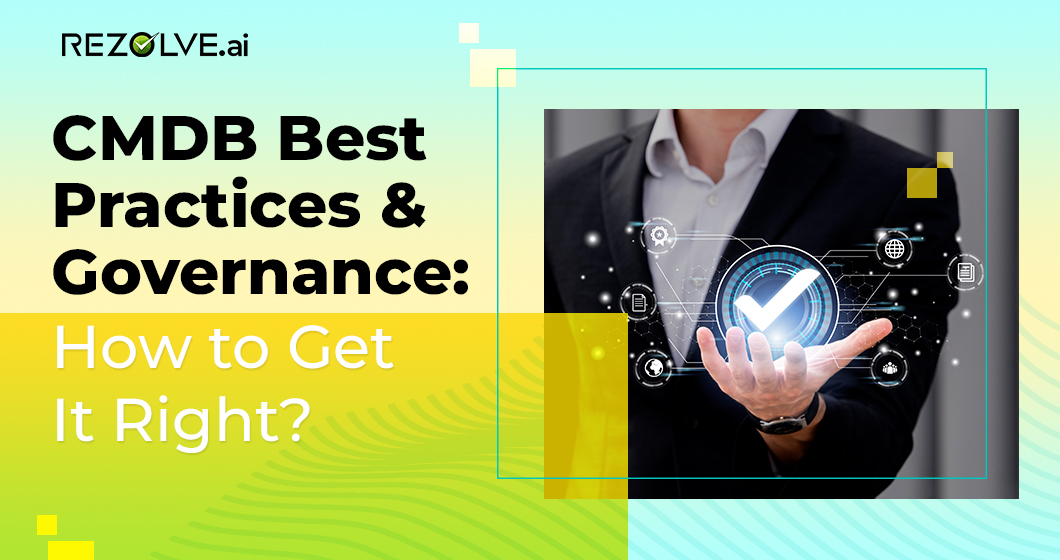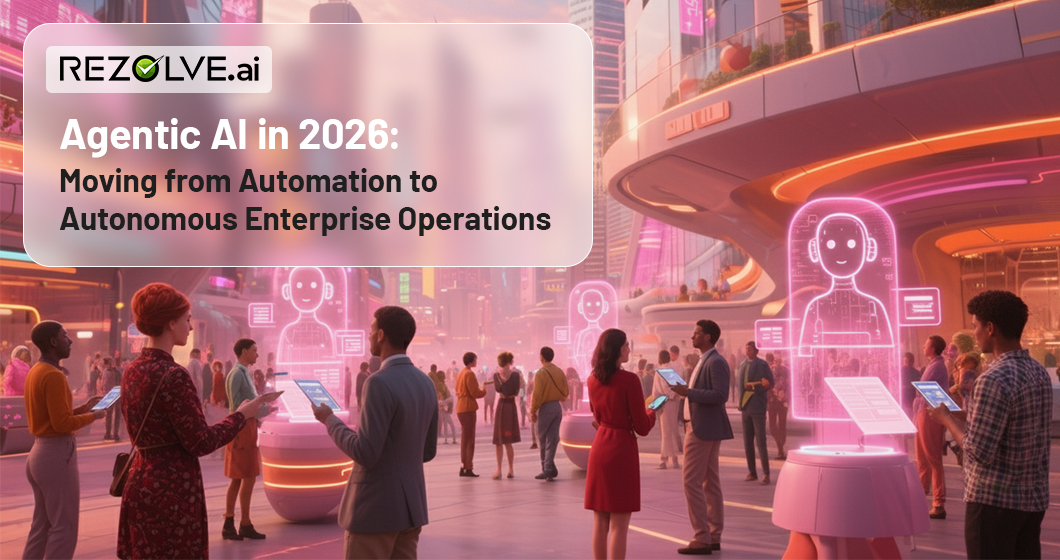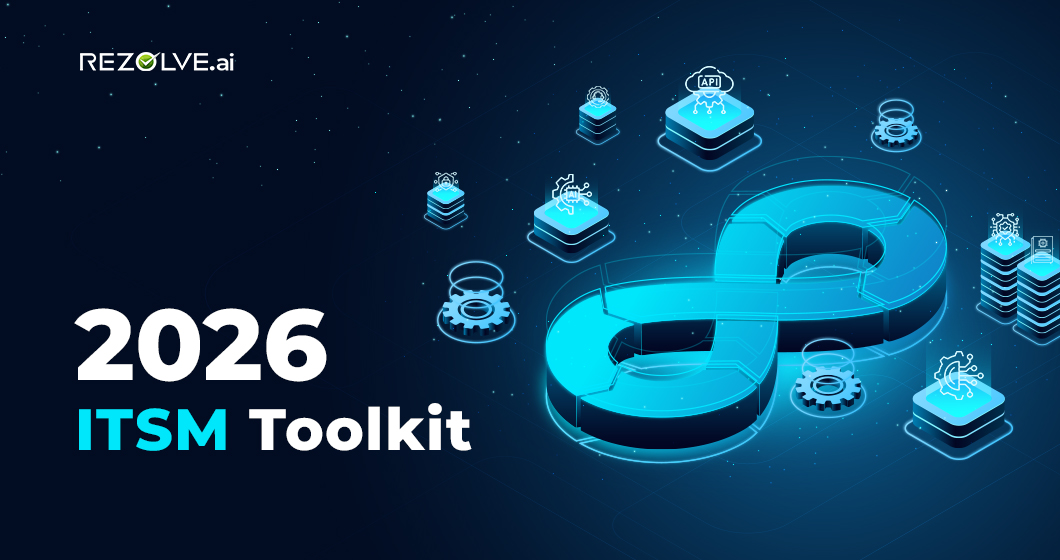A Configuration Management Database (CMDB) might look simple on the surface. But it is far more complex than it looks, especially when it is operationalized, and complex relationships between different layers emerge. A CMDB serves at the backbone of ITSM workflows, and connects the context of enterprise-wide assets, cloud servers, and software systems. It’s not just a warehouse for IT assets. It’s a living, breathing reflection of your organization’s digital architecture.
If done right, a CMDB becomes the anchor for decision-making, incident management, change planning, and even cost optimization for modern IT teams. If not implemented correctly, it becomes a pond of partial records, missing links, and inaccurate data.
If you are looking to implement a CMDB for the first time or wish to bring process excellence for the existing system, this article will help you out! Let’s talk about how to get the CMDB right.
Why Do CMDBs Go Wrong (And What to Learn from That)?
.png)
Many CMDB initiatives start with good intentions. A tool is procured, a team is assigned and CI discovery is automated. But within a few months, the data becomes stale. Owners are unclear. Relationships between configuration items (CIs) become fuzzy. People lose trust and the whole effort slowly slides into irrelevance.
This failure does not stem from the techology itself but the lack of contextual info it fails to provide for decision making. In such a case, the CMDB does not align with the organization’s goals, priorities, or pace of change.
So, here’s the first lesson: A CMDB is not a project but a program. A long-term initiative with evolving needs and responsibilities. Enterprises don’t just launch, but have the responsibility to grow it.
Let’s understand a few grounded principles that will help you achieve effectiveness and excellence via the CMDB.
Principle #1: Aim for usefulness, not perfection
If you try to make your CMDB 100% complete and accurate from day one, you will fail. This is because reality moves faster than documentation. Instead of chasing perfection, define why you’re building the CMDB. Is it to support incident triage? Improve impact analysis? Track software licensing?
Start with the most immediate, most painful problem. Then identify which CIs and relationships you need to solve that problem. Only track those and build value fast. Then expand your CMDB as the needs evolve
Principle #2: Ownership Isn’t Optional
The fastest way to kill a CMDB is to make it everyone’s job or nobody’s. Every CI in your CMDB needs an owner. This is not a vague team name but full-time personnel. Ideally, the owner is someone who knows what the item is, what it affects, and how to keep it updated.
This ownership shouldn’t be assigned in isolation. It should reflect how your teams actually work. If the infrastructure is managed by a central team, they own the servers. If business units manage their own apps, then CI ownership should follow those lines. Without ownership, updates won’t happen and the CMDB data will become stale and IT governance will collapse. And when incidents strike, people will be left scrambling for answers.
Principle #3: Define What “Good Data” Means for You
There is no universal CMDB schema. Every organization needs to define what data is critical for its operations and what is not. Instead of capturing every attribute you could collect, focus on what is actionable. Ask yourself:
· What attributes do service desk agents need to resolve incidents?
· What information do change managers need to assess risk?
· What dependencies do app owners need to track upgrades?
The goal is not to have a lot of data but to have data that matters to the right people at the right time. You must establish clear data quality metrics from day one. Define completeness, accuracy, and timeliness. Then monitor and report them for enhanced visibility.
Principle #4: Automation Is Your Ally
Discovery tools can be highly effective if used correctly. They can scan your network, find devices, and pull in data without human intervention to keep the CMDB updated. But, discovery tools usually don’t tell you the meaning of what they find.
Discovery can tell you there’s a Linux box with an IP address. It can’t tell you if that machine runs payroll or a test script. It can’t explain how a web app ties into a back-end system, or which services are business critical.
That context must come from people. So, use automation to reduce the burden, not replace governance. Combine automated discovery with manual enrichment. Use service mapping to infer relationships. Then validate with actual humans who know the systems.
.png)
Principle #5: Keep Governance Light
Governance is not about policing but about alignment to run the system smoothly. When CMDB governance becomes bureaucracy, people find workarounds. When its invisible, people forget that it exists. The trick here is to make governance visible and helpful.
You can set up a Configuration Control Board (CCB) or equivalent group. It doesn’t need to be a massive committee. Just a few stakeholders who can review standards, approve new CI types, and resolve disputes.
You can publish clear policies. What’s the lifecycle of a CI? When is it added, updated, retired? How often must owners review their items? This usually helps in streamlining the CMDB data management efforts.
Principle #6: Integrate, Don’t Isolate
The CMDB is the spine of your IT operations ecosystem. If it lives in isolation, it becomes outdated fast. To avoid this, you can integrate your CMDB with:
· Incident Management: So agents can see affected CIs and owners
· Change Management: So impact can be assessed before approval
· Monitoring Tools: So real-time events can link to configuration items
· Asset Management: So financial and contractual data aligns with operational data
The more your CMDB becomes embedded in day-to-day workflows, the more people will care about its accuracy. And the more accurate it becomes, the more valuable it is.
Principle #7: Visuals Over Tables
Raw CI data is hard to understand. Even when it’s complete, people struggle to make sense of it. That’s where visualization comes in. Service maps, dependency graphs, CI relationship diagrams are more than just pretty dashboards. They’re how humans think. If a network outage hits, a visual map of affected services is a thousand times faster to interpret than a spreadsheet.
Invest in tools that offer intuitive visual representations of CI relationships. Let users explore these views dynamically with a click, drill down, or a simple filter.
Principle #8: Contextualize the CMDB for Different Roles
Not everyone needs the same view of the CMDB. An app owner cares about uptime and dependencies. A finance manager cares about cost and lifecycle. A security analyst cares about vulnerabilities and patch levels.
So don’t create a one-size-fits-all experience. Build role-specific dashboards and views. Define personas and what each needs from the CMDB. Then tailor the interface and data accordingly. You don’t have to build everything at once. But you do need to think beyond the IT admin. Otherwise, adoption will remain limited, and value will remain unrealized.
Principle #9: Design for Change
Your CMDB design should expect change. This typically includes but is not limited to organizational change, tech stack changes, and process changes. That means keeping the schema flexible. Avoid hard-coded relationships that break when applications move to the cloud. Avoid overly rigid naming conventions that don’t scale.
More importantly, revisit the CMDB regularly. Not just the data but also the structure. Does the CI model still reflect how services are delivered today? Are there new asset types or relationships that matter? This is why a quarterly CMDB health review is essential to answer these questions for clarity.
Principle #10: Communication Clarity
Most CMDBs struggle because people don’t see the point in their functioning and overall utility. So, communication becomes the key here. So don’t just tell people to update their CIs. Explain how it helps them. Show how faster incident resolution or fewer failed changes improve their lives.
Build internal CMDB champions and celebrate wins to keep the motivation high and running. Share stories, like how a single service map prevented a major outage. Or how an updated CI saved hours of root-cause analysis. This usually keeps the CI owners engaged and active. Remember that culture always trumps the tools, no matter how good they are.
A CMDB That Actually Works
.png)
It’s tempting to see the CMDB as an IT side project. But it’s not. It’s the connective tissue that helps an organization understand itself. That’s a bold claim, but one that holds up when done right. Getting it right isn’t about overbuilding. It’s about steady evolution. About defining value first, then building toward it. About enabling humans to trust the data enough to act on it.
So, start small and useful. Assign ownership and embrace automation carefully. Govern lightly and focus on meaningful integrations. A functional CMDB is very real and highly effective, only misunderstood.

.png)



.webp)




.jpg)

.png)








.png)